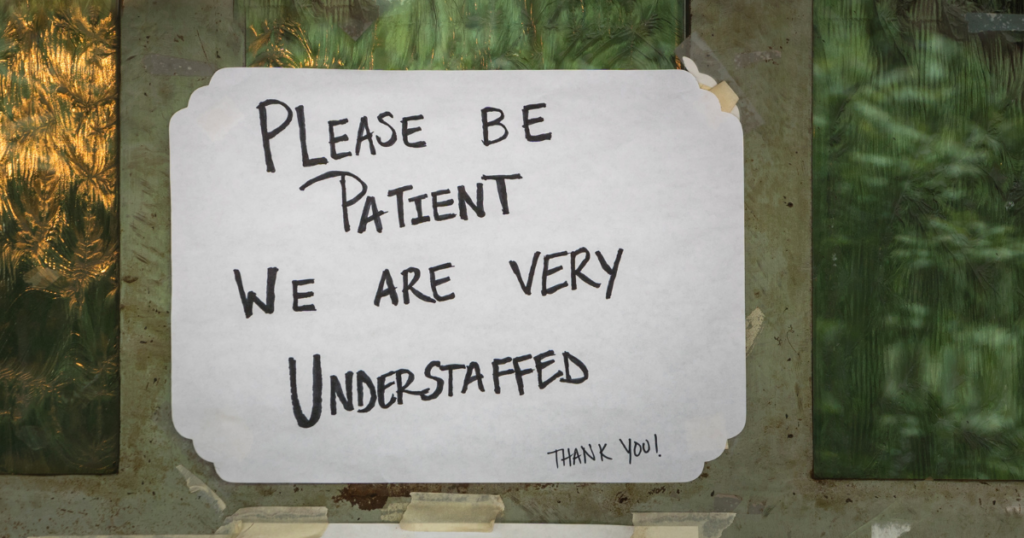The major challenge facing Maine’s economy is the state’s plateauing workforce.
In 2003, approximately 3 percent of jobs in Maine were unfilled — today the share has almost doubled to more than 6 percent. Over the past 20 years, the number of Mainers in the workforce has increased by just 6 percent, way below the national workforce growth of 20 percent. Maine Department of Labor projects the workforce will shrink by tens of thousands of people compared to pre-pandemic levels over the next decade.
Without increasing the size of the workforce, it is very difficult to maintain a healthy economy, as there are not enough workers to fill new jobs as they are created.
At the legislative level, this means smaller growth — or even declines — in state tax revenues, and rising costs for services like health care for older Mainers as this group becomes a larger share of the population.
New Mainers who are also immigrants or asylum seekers face specific challenges.
While it continues to petition the federal government for changes to US immigration law, the legislature can help asylum seekers prepare for entry into the labor market.
Maine will not be able to successfully grow its workforce without substantially increasing the supply of housing.
Housing has become one of the largest barriers to economic security for Mainers, and the necessity of expanding the population to maintain a strong economy is even greater cause to solve the state’s affordable housing problem.
To avoid an eventual decline in the labor force and the accompanying negative effects, Maine needs to:
- Increase the share of traditional “working-age” Mainers who are employed
- Support in-migration from other states and overseas, which increases the pool of potential workers
Supporting Maine’s existing population requires:
- Removing barriers such as access to care for children, people with disabilities, and older adults
- Bolstering supports such as higher education and safety-net programs
- Addressing discrimination in the labor market faced by some groups of Mainers, such as women, people of color, and older adults
Many policies that would support working Mainers would also make Maine a more attractive place for people to move.
Well-funded, high performing schools and programs that support work-life balance such as Paid Family and Medical Leave are especially important to attract and retain Americans of prime working age. People who move to Maine need to be able to make the most of their existing credentials and skills. Increasing the number of workers through migration means ensuring Maine is a welcoming place to live with strong anti-discrimination laws and publicity campaigns aimed at reaching potential Mainers from all backgrounds.




